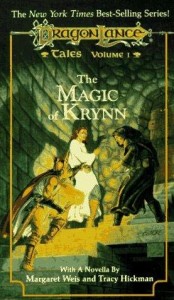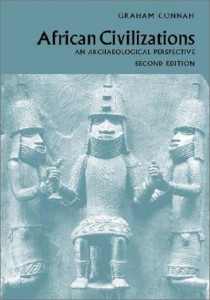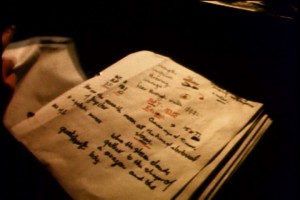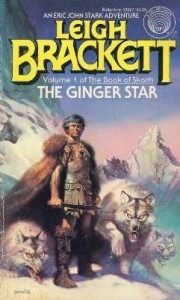Traits
In FATE, you can make up your own traits, and apply them whenever you want. That’s fine for modern games, but in Mazes and Monsters, that kind of heady authorial control is reserved for high-level characters. The technology of the 80s is all about charts.
Here’s what I’m thinking:
Every character starts the game with one Trait. A Trait is a special characteristic that makes him or her unusually good (or bad) at certain activities.
To determine your Trait, roll a d12 and consult the following chart. Each die roll has two or more possible traits listed next to it: choose the one you want.
1 ARMS: Choose one of the following traits:
strength: Add a trait die to melee weapon damage (including unarmed combat). Carry up to 2 bulky items. Also, gain a Trait die on any check that requires strength.
throwing: Add a trait die when throwing a dagger.
2 LEGS: Choose one of the following traits:
quickness: When not wearing armor, your Protection RONA is increased by one. Add a trait die when running.
stealth: Add a trait die when sneaking or stealing.
3 MIND: Choose one of the following traits:
cleverness: gain a Trait die on any check that requires cleverness or trickery.
Spellcraft: Choose a spell. Gain a Trait die on any RONA check required by this spell. Also, its spell cost is halved.
4 HEART: Choose one of the following traits:
serenity: Add a trait die when escaping or resisting emotional attacks.
courage: Add a trait die when escaping or resisting fear attacks.
5 SKILL: Choose one of the following traits:
Weapon skill: Choose a weapon to specialize in (including unarmed combat). You gain a Trait die whenever you and your target are both using this weapon.
Athletic skill: Gain 10 bonus Hit Points. Gain a Trait die on any RONA involving athletics or toughness.
6 GUIDANCE: Choose one of the following traits:
luck: Once per session, add a trait die to a roll of your choice.
direction sense: Add a trait die when finding your way. Once per maze, you may ask the Maze Controller whether a door or passage will lead the party closer to the treasure.
7 EYES: Choose one of the following traits:
sharp eyes: Add a trait die when looking for something.
aim: Add a trait die when attacking with a bow.
8 EARS: Choose one of the following traits:
hear through walls: Add a trait die when listening for something.
intuition: Add a trait die to escape the Mazed state when talking to a nonexistent person. Add a trait die when determining people’s motives.
9 TONGUE: Choose one of the following traits:
persuasiveness: Add a trait die when convincing others. You may buy items from town at half price.
bardic music: If you play an instrument and sing while casting a Trick, add a trait die.
10 SOUL:
piety: Add a trait die when attacking undead. Also, gain a Trait die on any check that requires divine aid.
power of light: You may create illumination with no light source.
11 Roll again on the Traits table, rerolling 11s and 12s. Choose a Trait. You are unusually BAD at this trait: when it comes up, the Maze Controller rolls 2d12 and takes the WORST of the two rolls.
12 You may choose any trait you want.
I notice that w’ve sort of reinvented D&D3e feats here. That’s fine. It’s inevitable, I think, given the character sheets we’ve seen with their non-numeric character descriptors like “courage” and “throwing”. Again, it’s not us inventing, it’s Rona Jaffe guiding.















